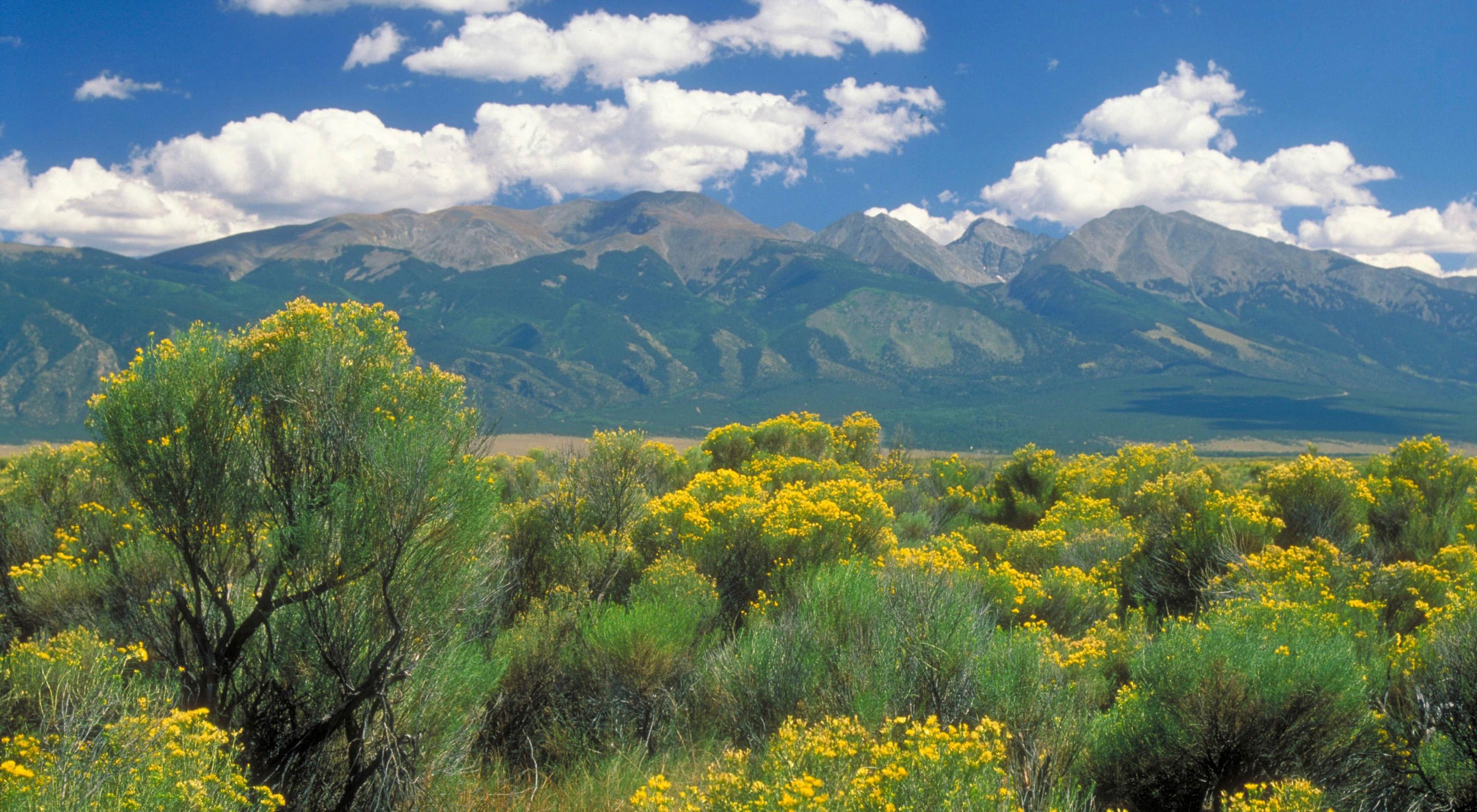King Ranch, Texas
King quickly became a shipping magnate in the riverboat sector, and by 1852, he was able to spend part of his wealth on his first parcel of Texas property near Santa Gertrude Creek. He expanded on these purchases in 1853 and 54, forming the foundation of what would become King Ranch. When the Civil War broke out, King became involved in the Cotton Road trade route, utilizing his riverboat shipping ties to transport and sell Confederate cotton, with the ranch serving as a stopover for supplies.
King continued to grow the ranch until his death in 1885, when the acreage totaled 614,000 acres. For many years, the ranch was mostly managed by the family, however several contractors were recruited to oversee its growth and development. According to its website, the ranch has conducted some of the first cattle drives and has played an important role in the development of the Santa Gertrudis and Santa Cruz cattle breeds over the last 170 years.
Waggoner Ranch, Texas
Waggoner began buying property in 1870, clearing it for development as he moved west, eventually settling on Beaver Creek near Electra, Texas. He continued to extend his holdings until his death in 1902, when his son Tom took over the business. In 1923, Tom founded the W.T. Waggoner Estate, for which he served as trustee, and his three children sat on the board of directors.
Medano-Zapata Ranch, Colorado

The Medano-Zapata Ranch began in the 1870s as two independent ranches, which were combined in 1882 by pioneers Neil Adee and William Durkee. The consolidated land became a major cattle ranch in the San Luis Valley, and its history reflects the larger themes that dominated the ranching industry: the introduction of Texas cattle to the area in the 1870s, the entry of Eastern investors into the industry, the use of intimidation to drive other settlers from the area to acquire vast land tracts, and the struggles during economic downturns.
C Lazy U Ranch, Colorado
Jack Smillie married Gertrude Dexter in 1919, and they took over what was then known as the F Slash Ranch, the Smillie family property. It wasn't until 1925, when two ladies arrived from Massachusetts and fell in love with the ranch after a brief visit, that the couple explored converting it into a guest lodge.
By the next year, Jack and Gertrude had transformed the property into a thriving guest ranch, which they maintained successfully until the end of WWII, when they sold it to two high-flying New York design business executives. While these new owners did not have ranching in their DNA, Dick and Katie Schoenberger brought with them a degree of big-city financial expertise and sophistication that propelled the ranch to new heights of prosperity.
Eatons' Ranch, Wyoming
In search of more appropriate and diverse riding terrain to accommodate their ever-increasing guest list, the Eatons decided to pack up and transfer the ranch to its current location in Wolf Creek, Wyoming. Over a century later, the Eaton family still owns the ranch, which is being run by fourth and fifth generation relatives.
Today, the ranch is accessible from June to September and provides a variety of activities such as horseback riding, fishing, swimming in the on-site pool and many neighboring lakes, shooting, and archery. Guests are housed in a variety of rustic cabins, each with all of the facilities needed for a pleasant stay, such as open stoves and cozy couches to rest on after a long day of riding.
Read Also: The Least Visited Countries In The World
Lonely Dell Ranch, Arizona

Lonely Dell Ranch was founded in 1872 by John D. Lee, a Mormon pioneer who arrived in Arizona with the intention of establishing a permanent ferry service over the Colorado River for other immigrants traveling west. Lee, a prominent early member of the Latter-Day Saint Movement in Utah and a practicing polygamist, designed the homesite to house two of his (eventually) nineteen wives and their children.
Lonely Dell Lonely Dell Ranch, Arizona
Lee was captured and prosecuted in 1874 for orchestrating the Mountain Meadows massacre, which massacred 120 American western immigrants from Arkansas who had surrendered their firearms to the Morman militia. He denied directly murdering anyone, but his involvement was sufficient to get a guilty judgment, and he faced the firing squad in 1877. After Lee's death, his wife Emma continued to run the ferry for another two years while living in the stone farmhouse. Lees Ferry became a major route for prospectors in 1889, after gold was discovered in the neighboring Glen Canyon.
Lonely Dell Ranch, Arizona
The remnants of the homesite and fort are now listed on the National Register of Historic Places and are part of the Glen Canyon National Recreation Area. While there is no longer an official ferry for river crossings, Lees Ferry serves as the major starting point for whitewater rafting expeditions down the Grand Canyon.

